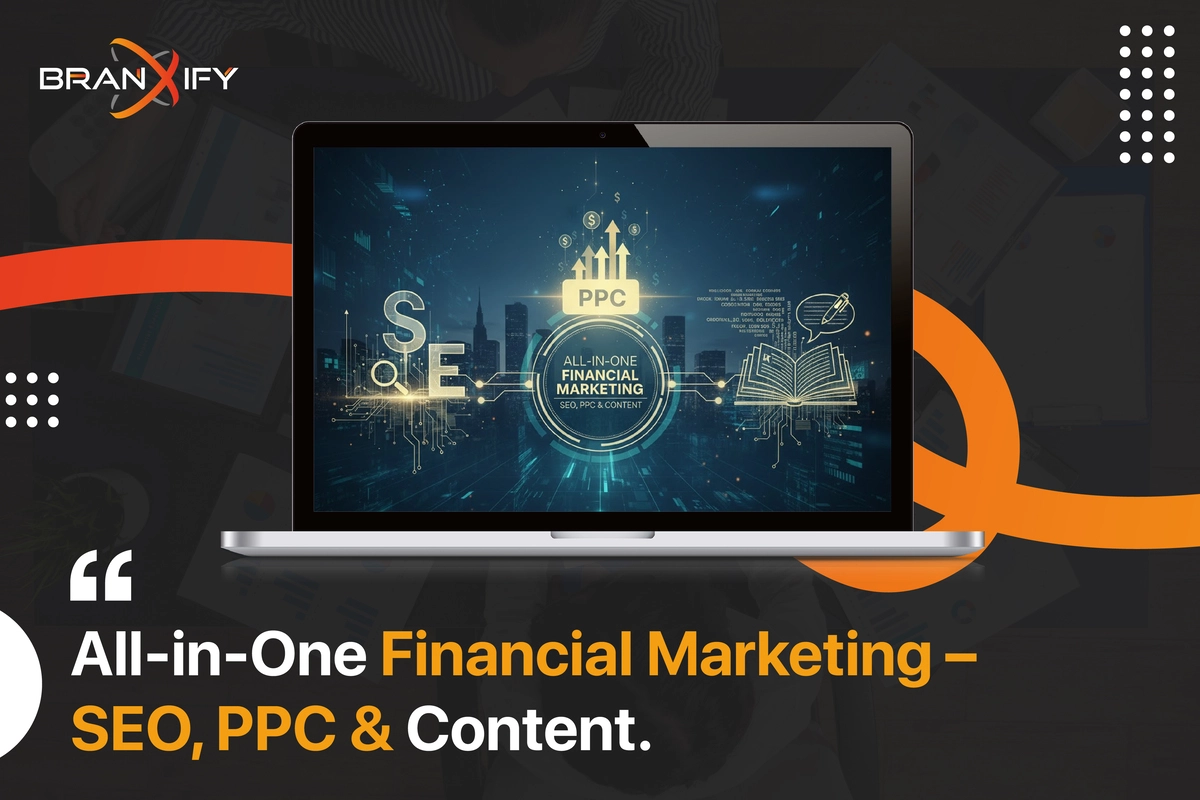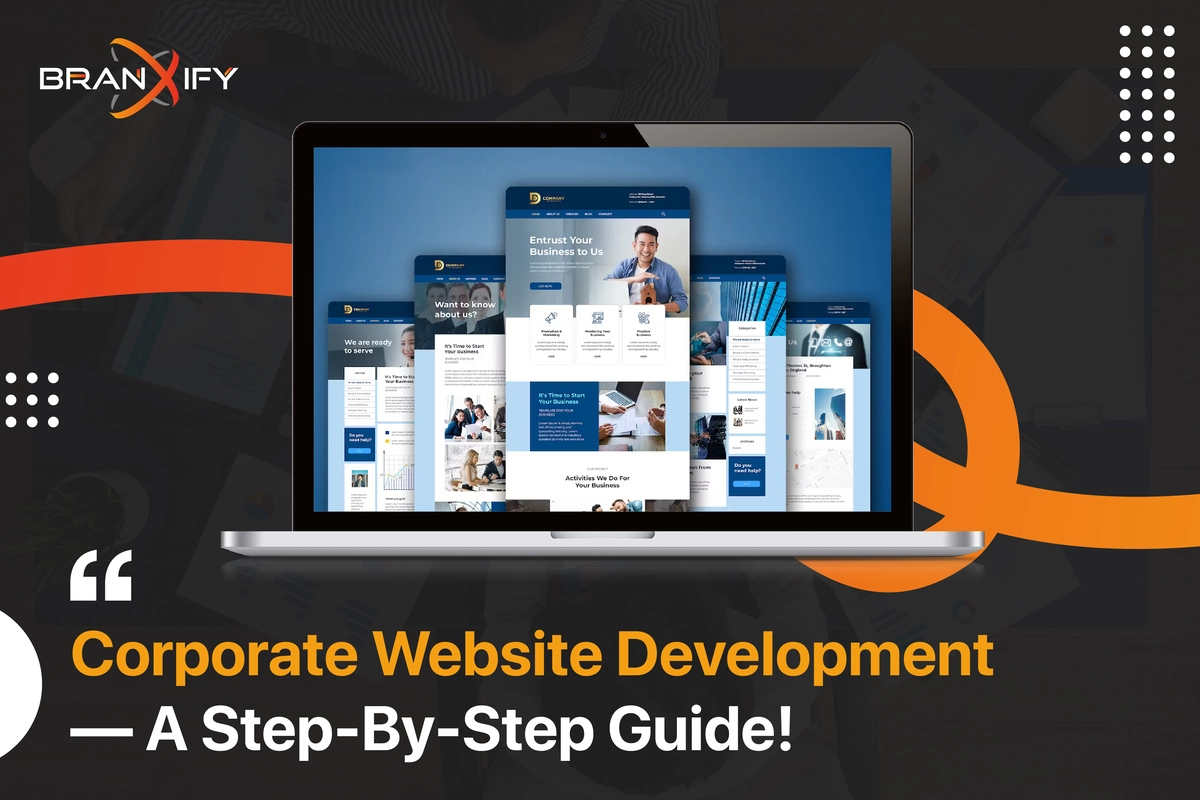Let’s be honest — the internet is no longer what it used to be. The digital platforms we use daily have evolved and blended into one another in such a way that defining them by strict categories often feels outdated. One of the most debated cases is YouTube. Is it just a video-sharing platform? A search engine? Or is it a full-fledged social media network like Facebook, Instagram, or TikTok?
With over 2.7 billion monthly active users and more than 500 hours of content uploaded every minute, YouTube isn’t just a content library. It’s a living, breathing digital ecosystem where people watch, comment, like, argue, learn, and even make a living. In this blog, we’re going to unpack exactly what makes a platform “social media,” how YouTube stacks up against those traits, and whether it belongs in that category — spoiler: it does, and then some.
What Is Social Media?
Before we judge YouTube’s place in the social media world, we have to understand what “social media” actually means. At its core, social media platforms are about interaction, engagement, and community — all enabled by digital technology. A social media platform is any online space where users can create content, engage with others, and form digital relationships.

Social media isn’t just Facebook-style status updates. It’s defined by five core pillars:
- User-Generated Content (UGC): If users are creating the content rather than companies, we’re in social territory. From selfies to tutorials to memes — the platform thrives on what people post.
- Interactivity and Engagement: Can users comment, react, share, and start conversations? That social loop — audience to creator and back — is essential.
- Community Building: Social media platforms allow you to follow others, join niche groups, and build audiences or tribes around shared interests.
- Personalized Content: Algorithms that serve you what you want to see — or what you’ll react to — are the lifeblood of modern social media. It’s no longer about search; it’s about being fed content you didn’t even know you wanted.
- Monetization and Advertising: Platforms now function as business ecosystems. If users or creators can earn money, and brands can run ads targeting your habits — that’s classic social media behavior.
With that in mind, let’s put YouTube under the microscope.
Platform Wars: A Deep Dive into the World of Video Content

👉Youtube Vs Facebook
YouTube and facebook offer distinct advantages when compared side-by-side; YouTube serves video creators well and is the go-to spot for long form content creation, while Facebook excels at community interactions, live events, sharing, social engagement and less video related sharing – ideal platforms for social engagement but less ideal for video creation.
👉Instagram Vs Youtube
Your content strategy dictates which platform is better; Instagram excels at visually attractive quick posts that grab people’s attention right away, while YouTube allows content creators to form deeper bonds through longer, polished videos.
👉Youtube Shorts Vs Instagram Reels
With youtube shorts vs instagram reels, both platforms offer an opportunity for viral, short-form content, but YouTube Shorts benefits from the massive reach of YouTube’s existing ecosystem, whereas Instagram Reels blends perfectly into the social experience, making it a favorite for brand discovery.
👉Youtube Shorts Vs Tiktok
Looking at youtube shorts vs tiktok, TikTok’s algorithm is built to boost viral content with personalized recommendations, while YouTube Shorts leverages YouTube’s existing audience and search capabilities, giving creators a unique chance to reach millions with short-form videos that feel connected to a larger content platform.
👉Youtube Vs Tiktok
Youtube stands alone when it comes to long-form video content creation and distribution; YouTube provides greater flexibility with regards to monetization options and educational videos; TikTok excels in driving trends quickly while showing creativity via bite-sized bursts to engage a younger, more engaged audience.

YouTube and User-Generated Content: The Creator Economy Engine
YouTube reigns supreme when it comes to user-generated content. YouTube was designed from its launch specifically to facilitate this form of media sharing by individuals — unlike Netflix and Hulu which rely more heavily on corporate studios for production than regular people with cameras, phones and ideas!
💭How is YouTube different from other social media platforms?
Unlike most social platforms that center on text or images, YouTube revolves around video content, often in long-form formats. It also functions as the second-largest search engine in the world, giving it dual functionality as both media platform and discovery engine. Its monetization tools for creators also far surpass many social platforms.
Today, YouTube hosts content from over 51 million active channels. From cooking recipes to deep-dive documentaries, product reviews, reaction videos, and comedy skits — everything is created by users. The creator economy, now a $250 billion+ global market, owes much of its foundation to YouTube. This makes the platform not just a space for content, but a launchpad for digital careers.
And this content isn’t just fluff — it’s influential. A 2023 report found that 70% of teens trust YouTubers over traditional celebrities. When people create and consume content on the same platform, social feedback loops begin forming. That’s a hallmark of social media, and YouTube is arguably the purest form of it.
Interactivity on YouTube: It’s Not Just Watching, It’s Talking Back
YouTube is not a one-way street. Unlike passive platforms like TV or even Spotify, YouTube enables a rich level of interactivity — arguably on par with Twitter or TikTok. Every video is a conversation starter, not just a piece of media.
Watching videos gives viewers the power to comment, like and dislike them while responding to other comments with likes/dislikes/emojis etc. Top creators actively interact with their communities through these comments by acknowledging fans, responding to criticism or starting discussions – sometimes through multiple comments threads!
Comment sections can explode into multi-threaded debates or joke marathons. It’s the digital version of hanging out with a tribe that “gets” your niche.
But it doesn’t stop there. YouTube features comprises:
- Live chat during livestreams, letting creators and audiences interact in real time.
- Community posts, where creators can share updates, run polls, and ask questions.
- Mentions and tags, allowing for cross-creator collaboration and audience notification.
All these features shift YouTube from a content delivery system into a genuine social arena. If engagement is the heartbeat of social media, YouTube’s pulse is strong.

Community and Networking: Digital Neighborhoods on YouTube
When we think of networking, we often think of LinkedIn. But the kind of community YouTube enables is far more nuanced. It’s not just about connections — it’s about shared purpose and passion. That’s why you’ll find communities on YouTube so specific they feel like digital towns.
Let’s take a few examples:
- There’s a whole booktube world — people who talk only about books.
- A car detailing niche where creators review products and restore vintage rides.
- A thriving ASMR scene, with audiences who swear by their favorite whisperers.
- Or the “study with me” genre, where students livestream their desk setups to help others stay focused.
Each of these isn’t just a content theme — it’s a community. People subscribe to creators, join Discord servers, buy merch, meet at events, and support Patreon campaigns. This kind of digital community mirrors what Facebook Groups or Reddit subs offer.
So yes — while YouTube might not have “friend requests,” it does something more powerful: it builds loyalty around content and creators, making it perhaps the most community-driven platform on the internet.
Algorithmic Personalization: Why YouTube Knows You Better Than You Do
Open YouTube, and you’re immediately served a feed that feels eerily perfect. That’s because YouTube’s recommendation system is incredibly advanced — it uses deep learning to understand what you like, when you like it, and even how long you’ll stay interested.
Unlike traditional search engines, which wait for you to type in a query, YouTube actively curates content for you, just like TikTok’s “For You Page.” This turns content discovery into a habit — you don’t find videos; they find you. That’s a fundamental shift that only algorithm-powered social platforms can claim.
Here’s how it works:
- If you binge productivity videos, you’ll start seeing more creators in that niche.
- If you click “not interested” or leave a video halfway, it learns from that too.
- Even how long you pause a thumbnail while scrolling feeds into your profile.
This level of personalization is what makes YouTube addictive — and undeniably social. It’s not just showing you videos. It’s feeding your identity.
How YouTube Monetization Works: Welcome To YouTube, The Business Platform
Social media today is about more than content. It’s about commerce, influence, and brand-building — and YouTube is at the epicenter of that shift. It’s not just creators uploading for fun anymore. They’re building businesses. And YouTube gives them the tools to thrive.

Creators can monetize in multiple ways:
- AdSense Revenue: YouTube’s native ad program pays creators a portion of ad revenue.
- Channel Memberships & Super Chats: Fans can pay to support creators, unlock exclusive content, and stand out in live chats.
- Merch Shelf Integration: You can now shop for merch without leaving the platform.
- Sponsorships & Affiliate Deals: Big brands pay creators to feature or recommend products — a model that’s dominating influencer marketing in 2025.
YouTube even supports a Partner Program that empowers creators to scale their income, incentivizing quality and consistency. This structure is exactly what platforms like Instagram and TikTok are mimicking today — but YouTube laid the groundwork over a decade ago.
So… Is YouTube Social Media?
Let’s cut to the chase. Yes. Undoubtedly, yes — YouTube is social media. It doesn’t look like Facebook or TikTok because it has evolved on its own path, but all the core elements are there:
- A massive flow of user-generated content
- Highly engaged, interactive audiences
- Deep personalization and discovery algorithms
- Robust creator communities and digital networking
- Full monetization and brand integration

YouTube is the video-first version of what platforms like Instagram are for photos or Twitter is for real-time conversation. In fact, it might be more powerful. Because it isn’t just a social platform — it’s a social engine. One that educates, entertains, connects, and pays.
Final Thoughts!
YouTube is more than a social network; it is shaping its very future. Attention is currency in today’s society; understanding YouTube’s dynamic social dynamics should no longer be an optional activity — rather, it should become essential knowledge.
Takeaway? If you view YouTube solely as a place to stream videos, then you are missing its true power as an open digital society that constantly evolves with society around it.






